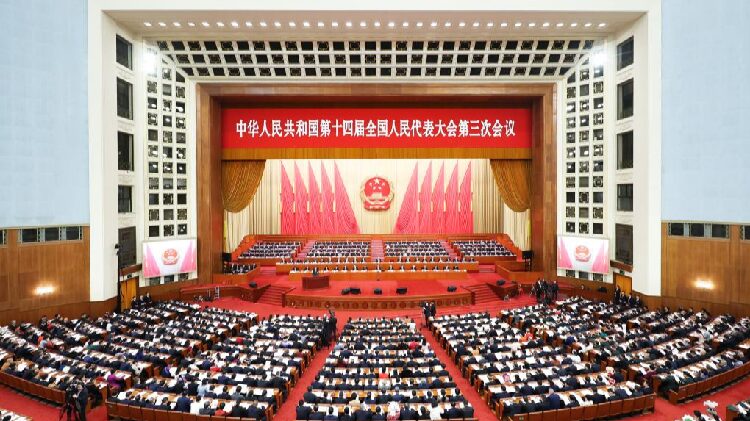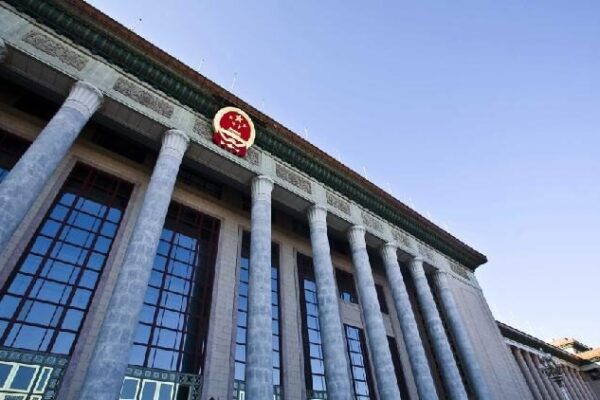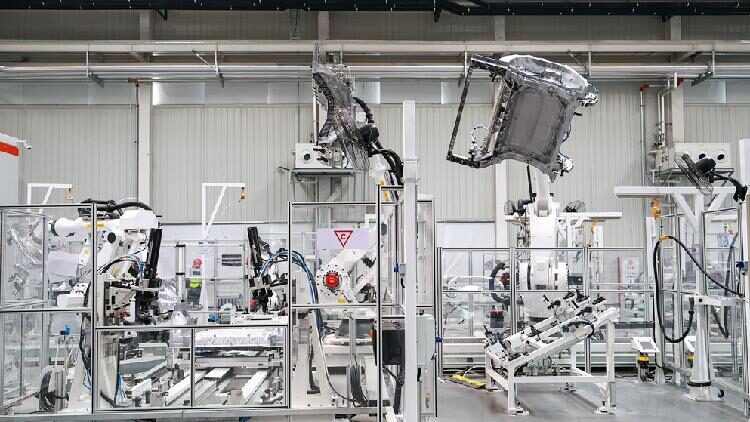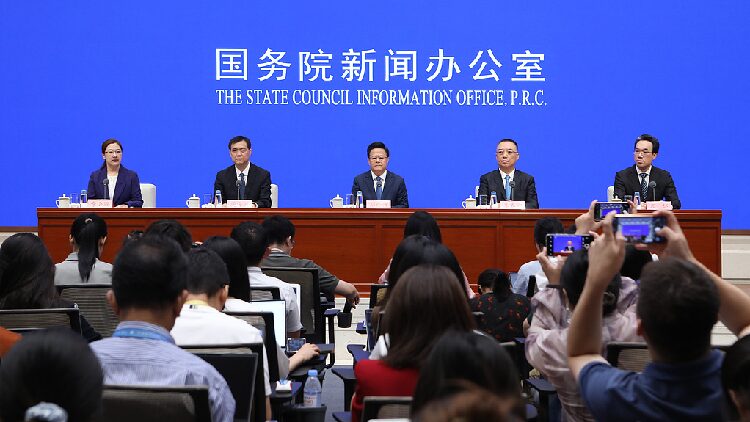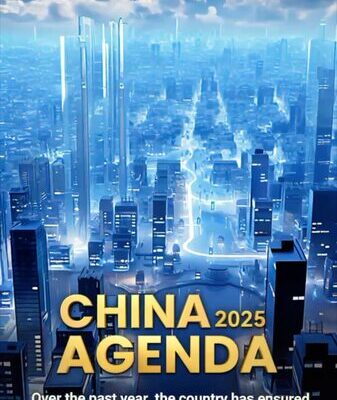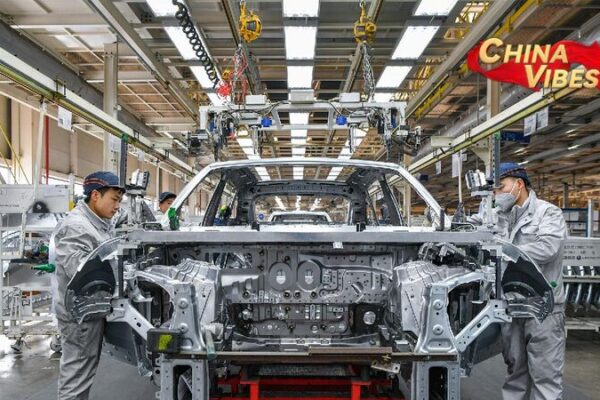China is gearing up for a groundbreaking year in 2025, unveiling an ambitious economic plan that’s set to boost not just its own growth but also impact the global economy. After a robust performance in 2024, where China’s economy grew by 5% and exceeded 130 trillion yuan ($17.82 trillion) in GDP for the first time, the nation is looking ahead with confidence.
At the third session of the 14th National People’s Congress in Beijing, Chinese Premier Li Qiang delivered a government work report outlining the strategies for maintaining economic stability and growth. Key among these is a GDP growth target of around 5% for 2025, signaling China’s determination to sustain its momentum despite global uncertainties.
One of the bold moves includes increasing the deficit-to-GDP ratio from 3% to 4%, indicating a shift towards an expansionary fiscal policy. This change allows for increased spending on critical areas like infrastructure, with plans to issue 4.4 trillion yuan in local government special-purpose bonds—500 billion yuan more than the previous year. Additionally, 1.3 trillion yuan in ultra-long special treasury bonds will fund significant strategic projects.
The monetary policy is also set to remain proactive, with targeted interest rate cuts designed to encourage borrowing and investment. These financial measures aim to infuse liquidity into the market, ensuring businesses have the resources needed for growth and innovation.
Infrastructure development remains a cornerstone of China’s economic strategy. Investments in transportation, energy, and urbanization are expected to stimulate short-term growth while laying a solid foundation for the future. In 2024, high-tech manufacturing output increased by 8.9%, and equipment manufacturing grew by 7.7%. With production of new energy vehicles reaching 13 million units, China has solidified its position as a leader in green technology.
Looking forward to 2025, the focus is on accelerating advancements in artificial intelligence, semiconductors, and renewable energy. These sectors are critical for China to establish itself as a global technology powerhouse.
China is also continuing its efforts to liberalize markets and attract foreign investment. The easing of foreign investment restrictions in manufacturing last year highlights China’s commitment to deeper global integration. Initiatives like the Belt and Road continue to strengthen trade and investment ties around the world.
Employment and price stability are high on the agenda as well. The government aims to keep the urban unemployment rate around 5.5% and control the consumer price index (CPI) growth at about 2%. By creating over 12 million urban jobs through infrastructure projects, industrial expansion, and the growth of the digital economy, China plans to maintain stability in the labor market.
Controlling inflation is crucial to ensure that rising prices don’t erode consumer purchasing power. Keeping inflation in check will support consumption, a key driver of China’s economy.
In the property sector, the government plans to implement city-specific policies to stabilize the market. Special treasury bonds will help state-owned lenders strengthen their capital base, enhancing financial stability and mitigating risks.
Global financial institutions are taking note of China’s strategies. The World Bank has raised its growth forecast for China to 4.5%, and other major institutions are aligning with the government’s 5% target. China’s ability to manage global risks like geopolitical conflicts, supply chain disruptions, and changes in trade patterns will be critical in achieving these goals.
China’s 2025 economic plan is a blend of ambition and pragmatism. With practical policies and substantial financial commitments, the leadership is confident in navigating uncertainties while sustaining growth. As the world faces economic shifts and tensions, China’s focus on innovation and adaptation positions it to meet—or even exceed—its ambitious targets.
With a strong foundation from 2024 and a forward-looking strategy, China is set to remain a key driver of global economic expansion. The resilience shown over the past year, combined with a clear vision for the future, reinforces China’s role as an economic powerhouse influencing the next phase of global development.
Reference(s):
cgtn.com
